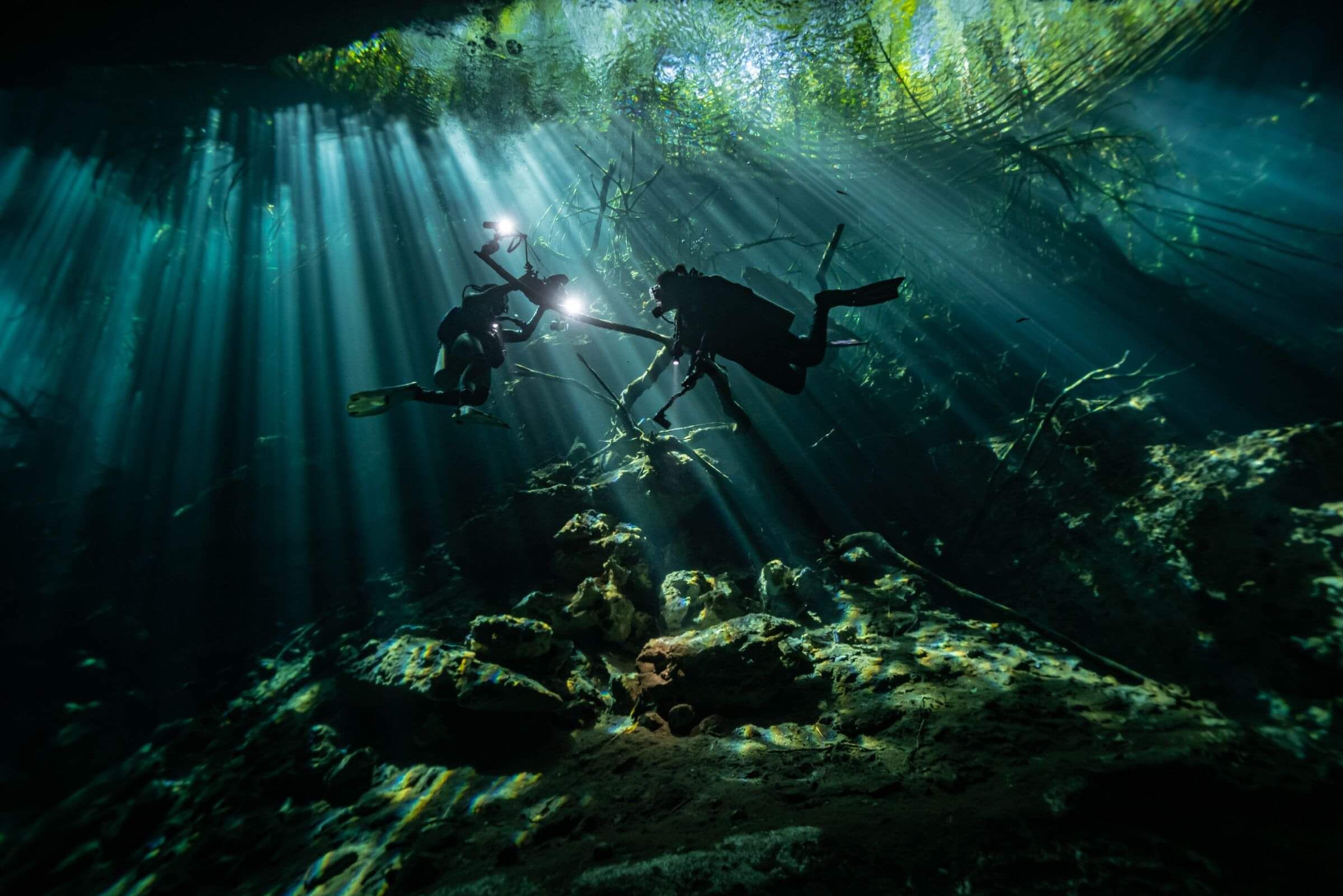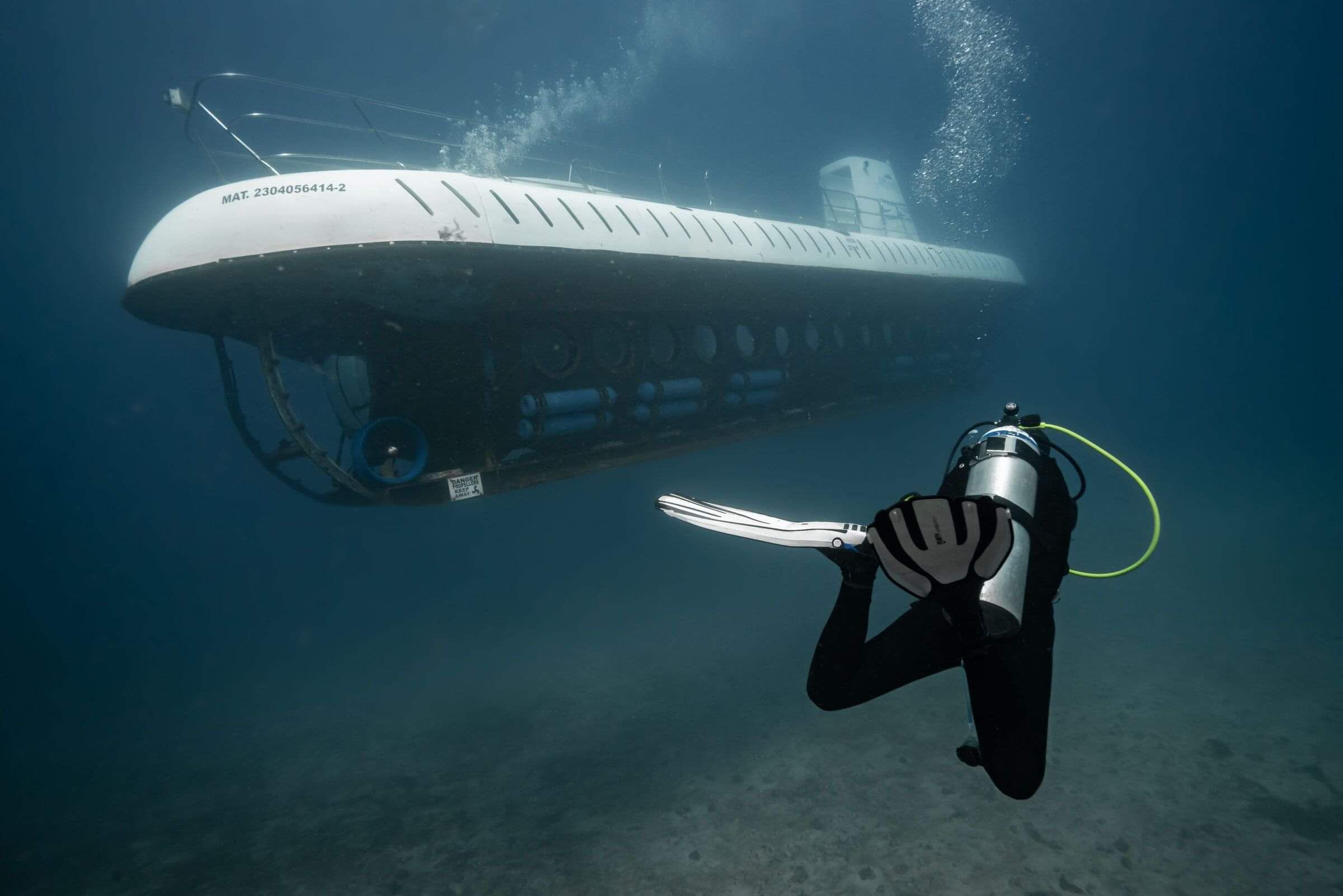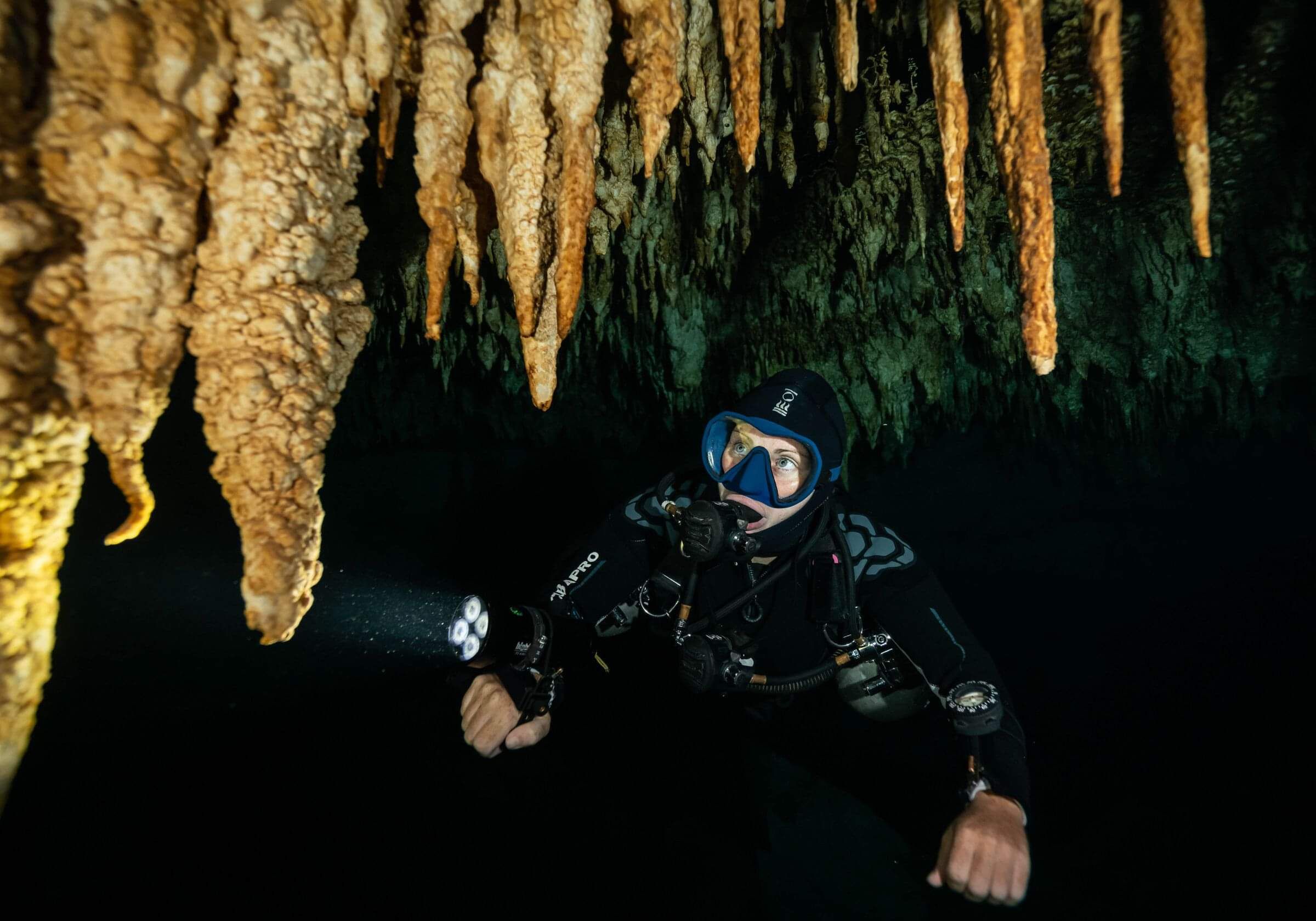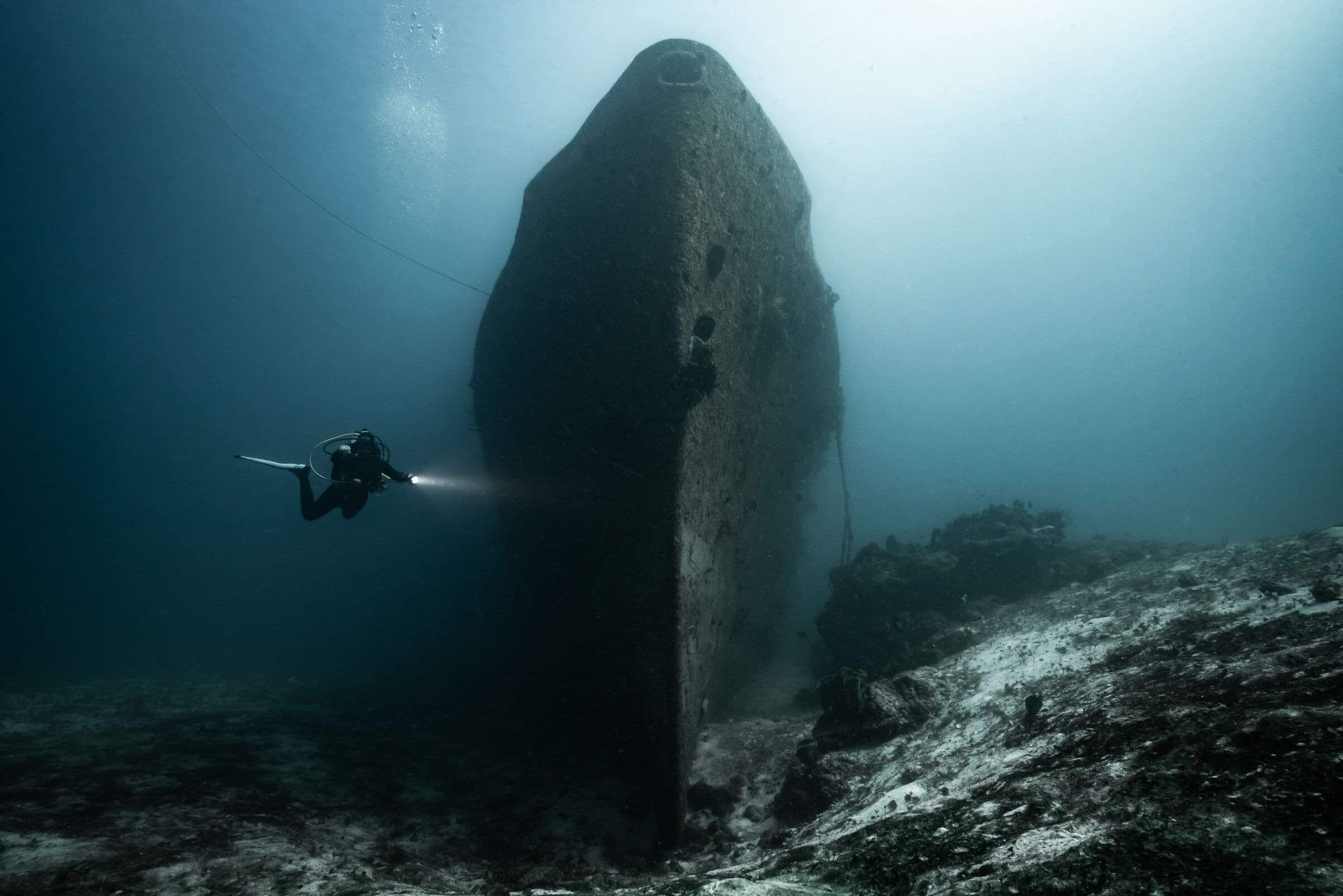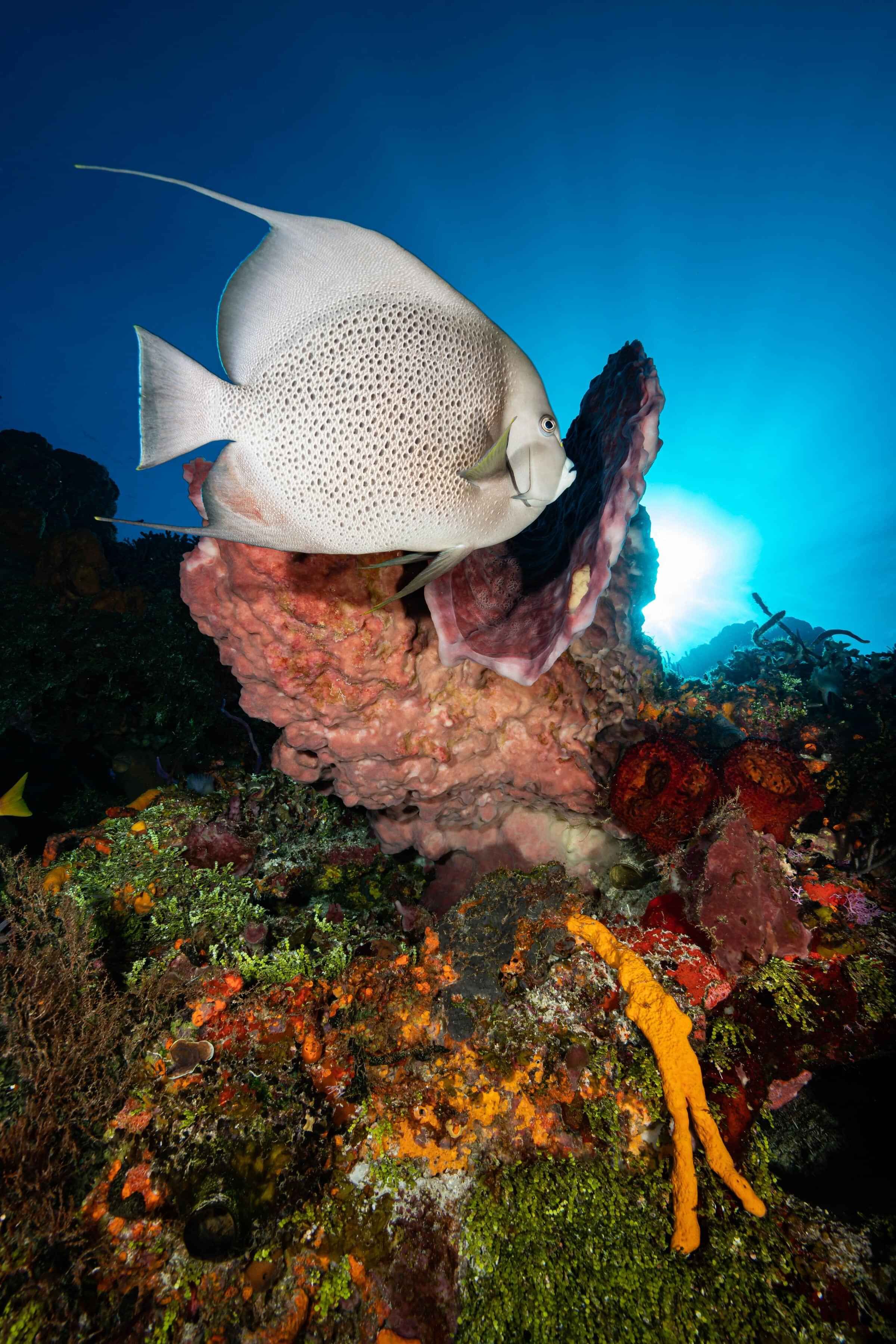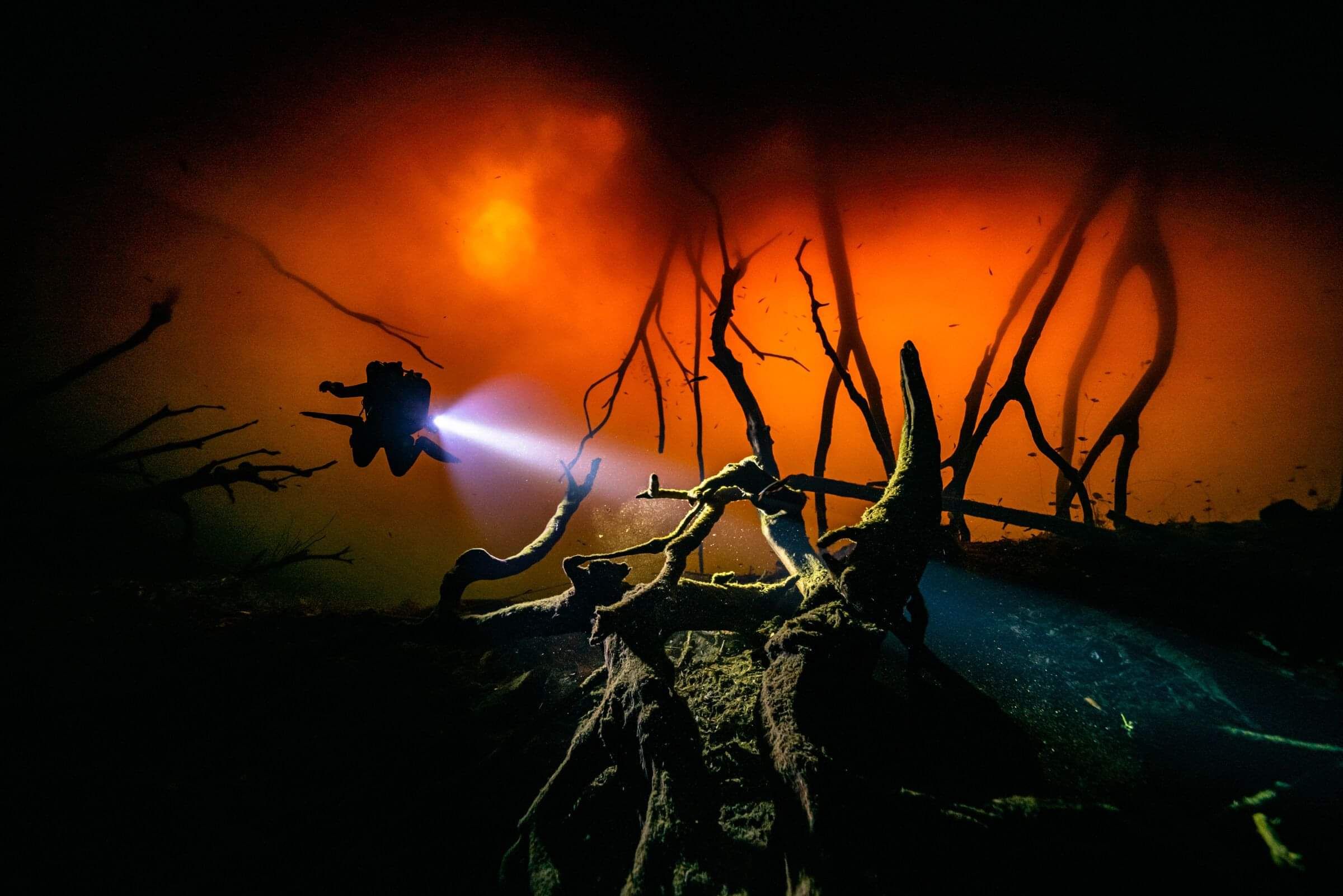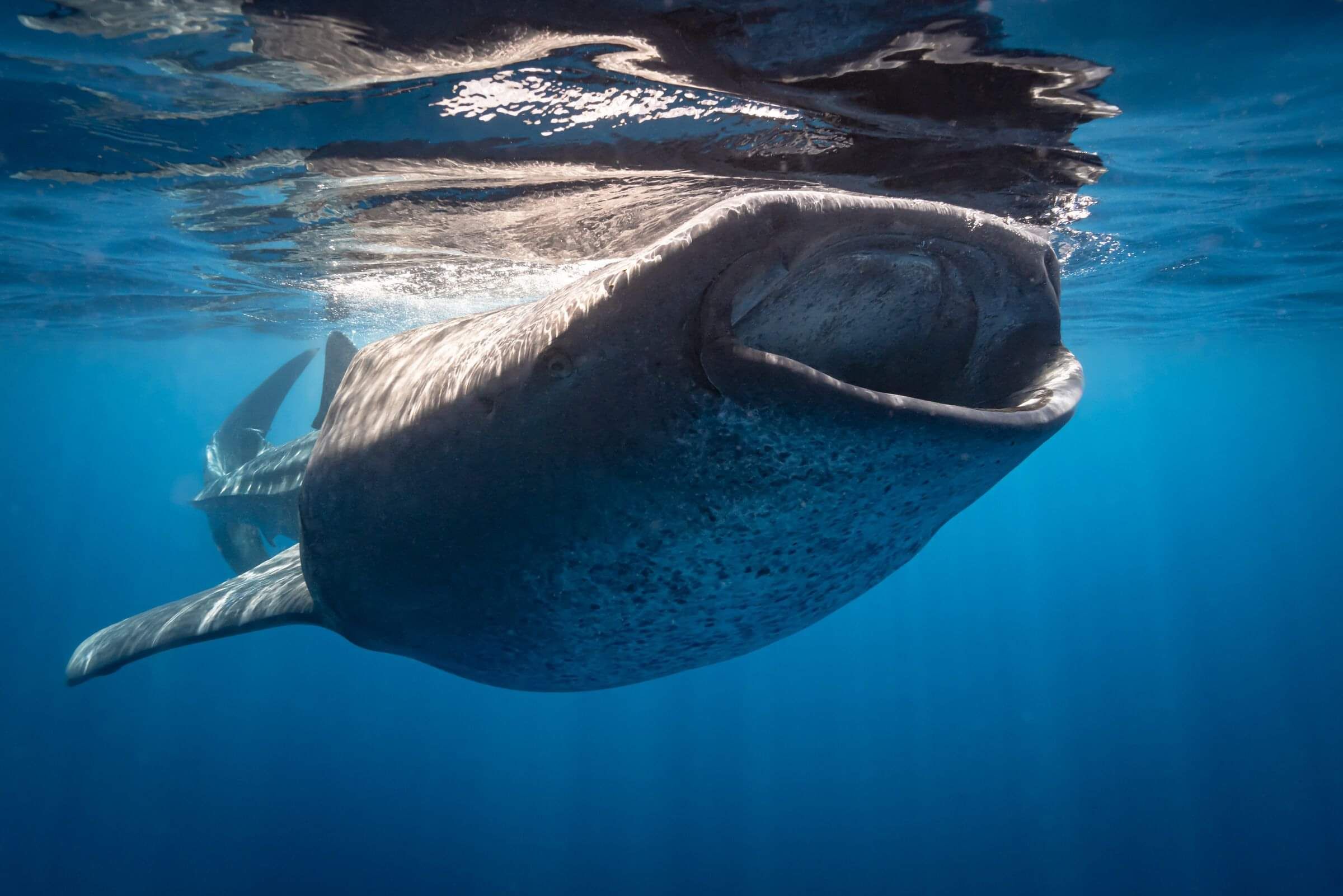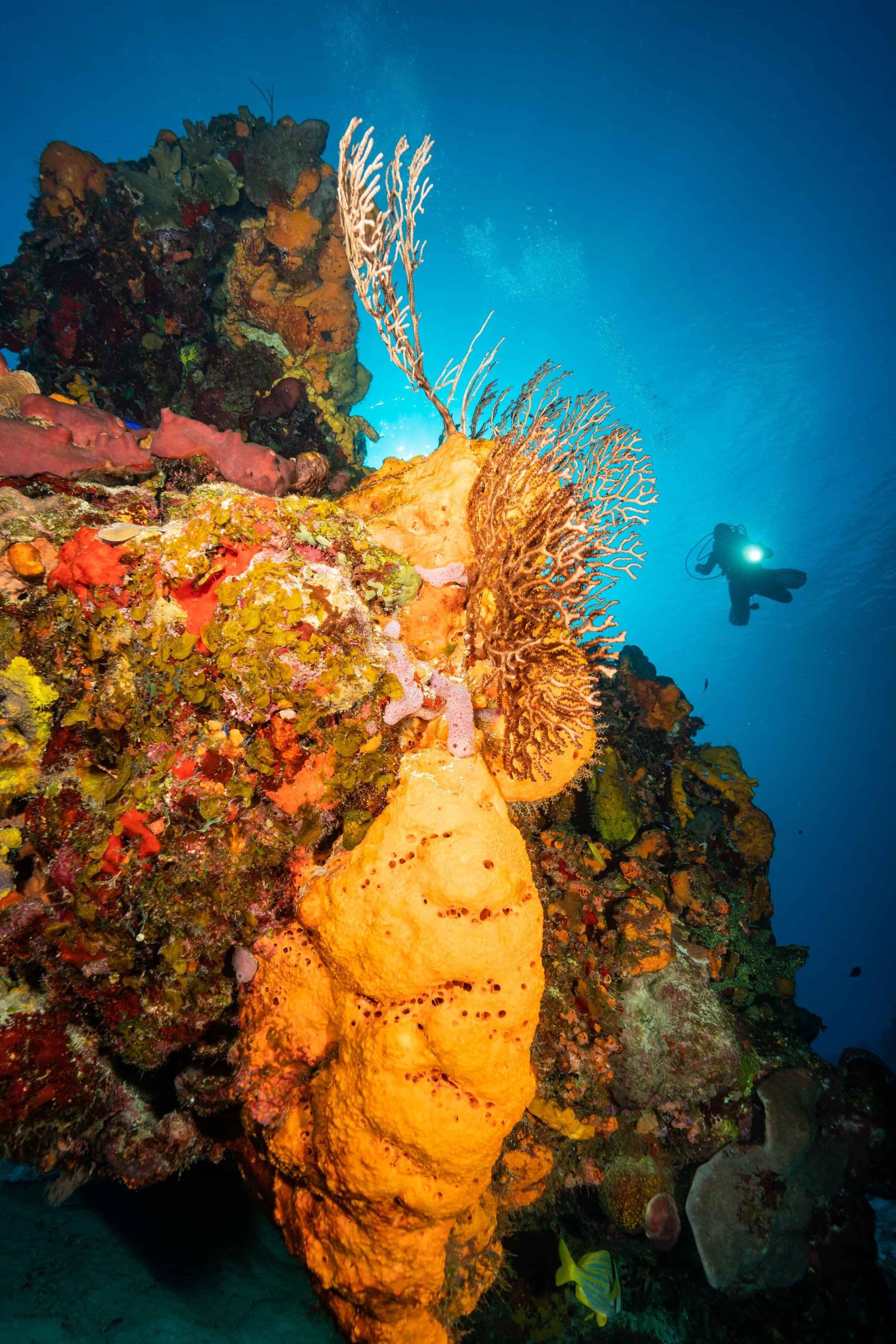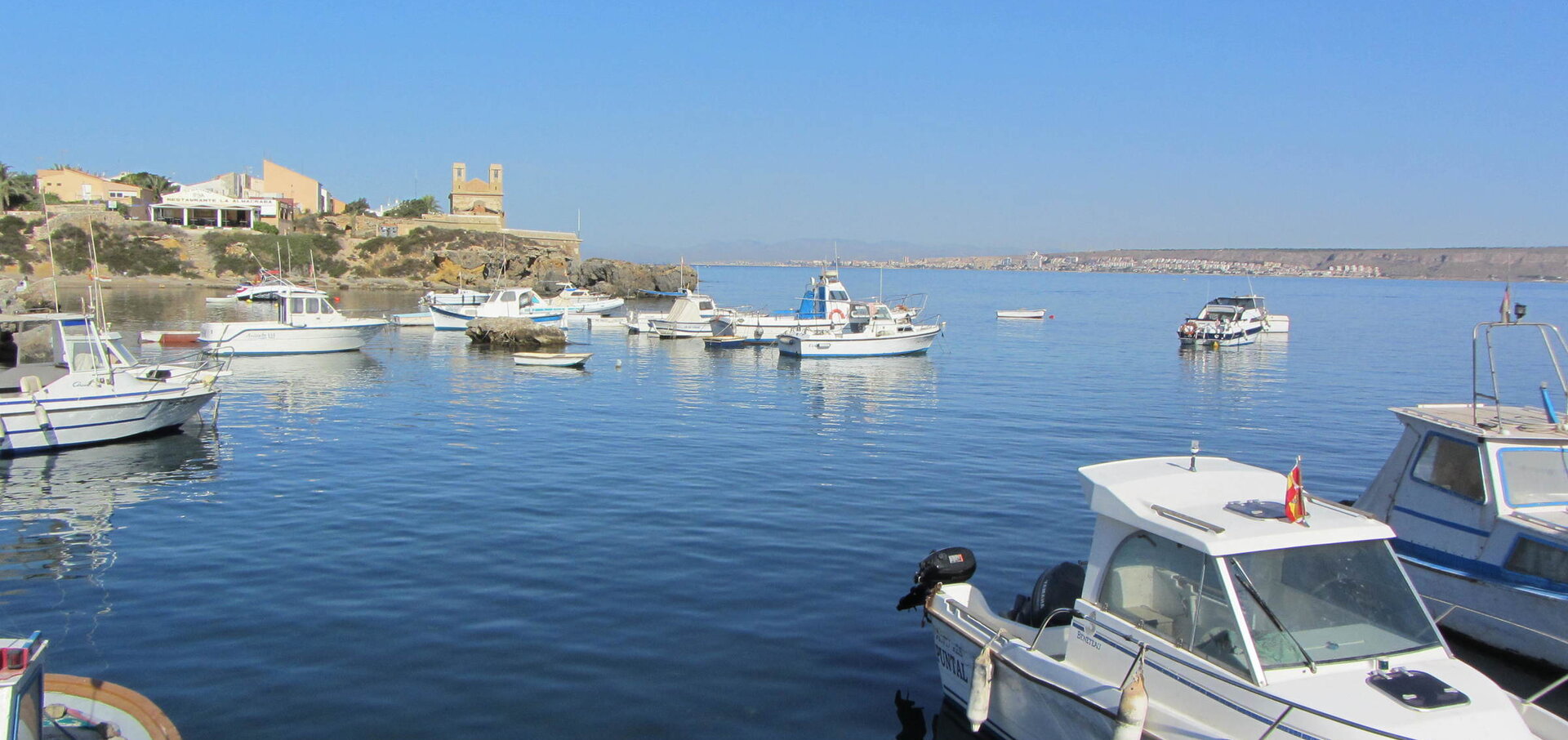Mexico - Riviera Maya
About:
Scuba diving in the Riviera Maya of Mexico offers some of the most diverse experiences of anywhere in the world. From the crystal clear waters of the cenotes (SEE-no-Tays), to Cozumel’s protected marine park full of colourful wall diving. The winter season brings in huge pregnant bull sharks to give birth in the mangrove and to the largest aggregation of whale sharks arrive in the summer to feed on the abundant plankton exited from the Gulf of Mexico. If education and training is your thing, look no further as the area is one of the top training destinations in the world especially in cave and technical levels.
When:
Diving in Mexico is year round, thanks to it’s subtropical climate and the cenotes being protected inland. Air temperatures range from 20-32℃/68-90 F, and water temperature in the cenotes stays at a consistent 25℃/77 F year round, while the ocean ranges from 26℃ to 30℃/79-86 F. For shark diving, it would be best to visit from November to March for the Bull Sharks and June to September for the Whale Sharks. November to May is the dry season; with sunny days and slight humidity. Expect the temperatures to range from 18-28℃/65-83 F, and water temperatures to range from 25-27℃/77-81 F. August to October is hurricane season which can greatly interrupt your diving, travel insurance is encouraged.
Getting there:
There are 2 main airports to enter this historic Mayan wonderland, Cancun International Airport (CUN) and Cozumel International Airport (CXM). Daily flights from the US are available to both.Some airlines offer direct flights to Mexico from the UK - specifically British Airways from London-Heathrow (LGW) to Cancun. Direct, it is a 10 hour flight from the UK. Upon arrival you can rent a car, hire transportation, or hop on the ADO bus to Playa Del Carmen or Tulum. Playa Del Carmen is the larger of the two destinations and is a one hour drive from Cancun Airport on the highway. Tulum is a smaller, boutique town, famous for the ancient Mayan ruins on the beach and the preferred destination for those who want a little less hustle and bustle. There are also even quieter options in between, such as Puerto Aventuras and Akumal.
Diving:
The cenotes are arguably the biggest scuba diving attraction as there really is nothing else like them worldwide. There is a range of different diving in Mexico. To dive in these overhead environments, swimming through crystal clear water while observing limestone formations, light rays and Mayan artefacts, is an unforgettable experience. Every cenote is different from the last, ranging from shallow decorated caverns to deep abysmal sinkholes. The dive depths range from 6-30m/18-100ft depending on the site, an Advanced Open Water certification or higher is required, with competent buoyancy control so as not to damage the fragile environment.
For divers more interested in sharks, look no further than the famous Bull Sharks of Playa Del Carmen. These females, often pregnant, arrive as early as November. They are attracted to the area by the fresh water coming out from the underwater cave systems, and ultimately head into the mangroves of the Bay of Chetumal to give birth. An alarmingly short boat ride from the beach will bring you to Shark Point, where you will descend 25m/82ft to a sandy bottom. Often the sharks are already there, ready to get up close and personal, while sometimes it may take a bit of patience, but they are well worth the wait. Because of the depth, Advanced Open Water is required, and preferably an Enriched Air Nitrox course to extend your bottom time and make the most of this exhilarating experience.
If the Bull Sharks are not big enough for you, from late May to mid-September the largest annual congregation of Whale Sharks worldwide takes place off of the Northeast corner of the Yucatan Peninsula. The boats depart from Cancun and head out past Isla Contoy. From there you can see dozens of Whale Sharks and often Manta Rays feeding on the plankton-rich waters exiting the gulf. These gentle giants reach up to 12m/40ft in length, and are too busy feeding to worry about us so face-to-face encounters are the norm. This is a snorkel-only trip, as the sharks and mantas are feeding just under the surface. No certification is needed, just a relative level of fitness to be able to jump into the open ocean (life vests and/or wetsuits are required).
Last but not least we have Cozumel with it’s wall diving. Imagine drifting down some of the most colourful walls in the world in 40 m/130 ft visibility accompanied by a variety of marine life. Common sightings include turtles, Nurse Sharks, Spotted Eagle Rays and the endemic Splendid Toadfish. You will quickly see why Cozumel National Park has earned its reputation and is a favourite with photographers. This very relaxed style of diving that suits all levels from Open Water onwards.
Marine life:
What to expect diving in Mexico:
Cenotes offer some very unique wildlife interactions, from Cave Blind Fish to Mexican crocodiles. Playa del Carmen has the Bull Sharks in season, as well as turtles, rays, and a variety of reef critters and fishes. Cozumel in winter is great for Spotted Eagle Rays, and year round for turtles and Nurse Sharks, as well as a variety of macro life if you know where to look.
Who to dive with:
Luke Coley Photography (Tulum)
Blue Magic Divers (Cozumel)
